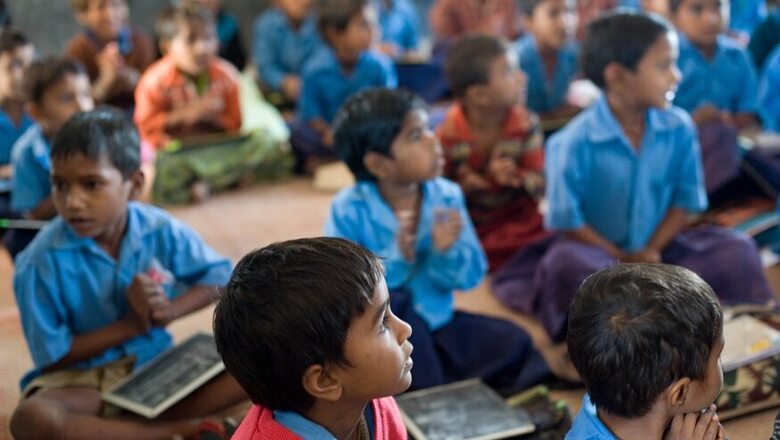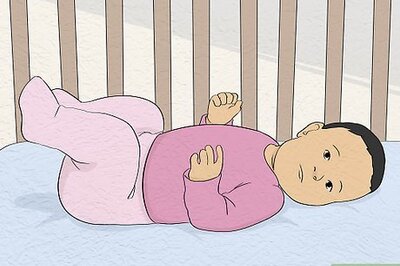
views
India will need to produce many more hospitals, fewer schools and a lot of jobs given the demographic shift that it is likely in the coming years.
All these are a result of a sharp slowdown in population growth that India is going to witness in the next two decades, according to the economic survey released on Thursday. The report has thrown up some very interesting findings, let's have a look.
According to the survey, India’s population growth will continue to slow rapidly over the next two decades, growing less than 1 per cent during 2021- 31 and under 0.5 per cent during 2031-41, with rates that are only seen in developed countries like Germany and France.
The survey states that several states in the country - southern states, Himachal Pradesh, Punjab, West Bengal and Maharashtra - now have fertility rates well below the replacement rate. Some other states like Bihar, Uttar Pradesh, Jharkhand, Chhattisgarh, Rajasthan and Madhya Pradesh are also experiencing a significant decline in fertility rates.
It also throws up some interesting facts and analyses.
Fact - Share of young in the population will decline in the next two decades. In two decades from now, only one-fourth of India will be under 19 years of age.
The share of India’s young, i.e. 0-19 years, in the population has already started to decline and is projected to drop from as high as 41 per cent in 2011 to 25 per cent by 2041. The size of the 5-14 years population will drop sharply in Himachal Pradesh, Uttarakhand, Tamil Nadu, Maharashtra, Punjab, Andhra Pradesh and Karnataka by 2041.
What this means - time has come to shift focus from quantity to quality of schools.
The number of school-going children in India will decline by 18.4 per cent between 2021 and 2041. This means that fewer schools will be required for children. The survey recommends states to 'consolidate/merge elementary schools in order to keep them viable.' It says that schools located within 1-3 km radius should be chosen for this purpose.
Fact - India's working-age population in the next 10 years, from '21-'31, will rise by 10 crore, and by 4 crore in the subsequent decade, '31-'41.
What this means - A lot of new jobs will have to be created.
The survey cites the NSSO Periodic Labour Force Survey 2017-18, which states that India’s labour force participation rate for the age-group 15-59 years is around 53 per cent. Additional jobs will need to be created to keep pace with the projected annual increase in working-age population.
Fact - The share of those over 60 years of age and above in the population will double in the next two decades, from 8.6% in 2011 to 16% in 2041.
What this means - The country will need a boost in the number of hospital beds.
One-fourth of population in states like Delhi, Andhra Pradesh, Punjab and Tamil Nadu will be comprised of old people. 'There is a straightforward case for expanding medical facilities in these states,' the report says. It adds, 'the rapidly changing age structure will mean that the type of health care services will have to adapt towards greater provision of geriatric care.'
















Comments
0 comment